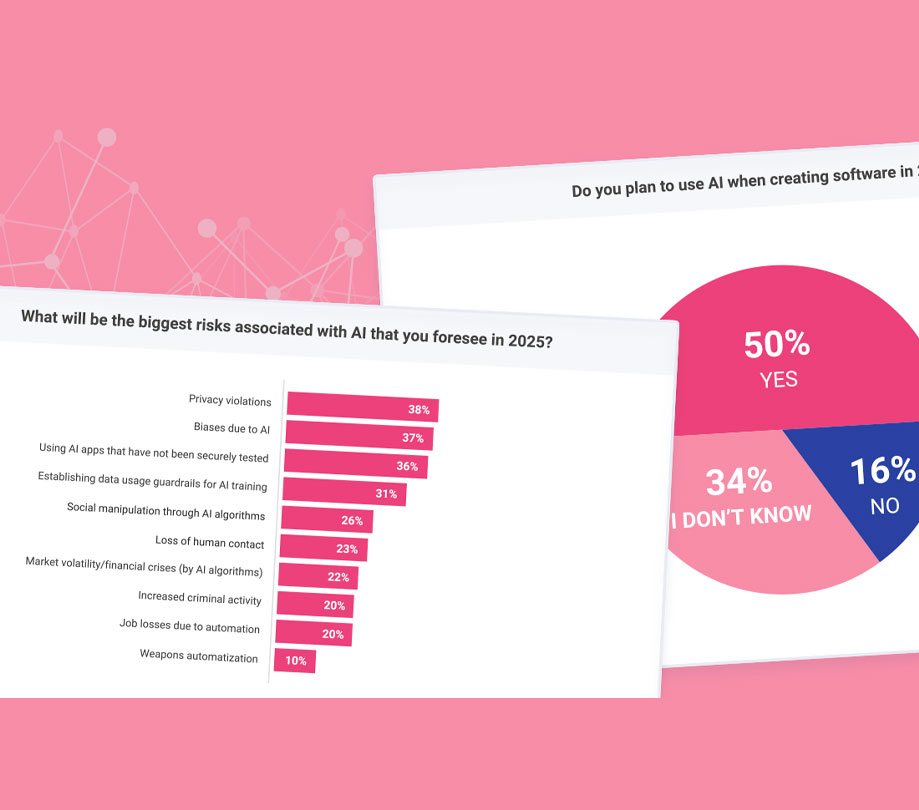Marketing & Promotion
Making inapp purchase whales is more expensive than you think
Friday, December 1, 2017

|
Xavier Cramer |

Just like website traffic, some installs are more valuable than others says Spinach’s Xavier Cramer who has some advice on how to find the ones that matter.
Not so long ago, businesses would drive traffic to websites without any concept of what people did once they got there. This traffic could be paid for on a cost-per-click basis and it was relatively cheap. Then we clued into the fact it was possible to track what visitors actually did on websites and equate that in terms of value to the business. The real value of website traffic, it soon became apparent, was only clear when you tied it to an objective.
With a lot of apps generating revenue from downloads alone, you could be forgiven for thinking app marketers don’t need to come to the same realisation. But the truth of the matter is, not all app installs are created equal. There’s gold in apps with a study by Gartner finding mobile users are more willing to spend money in-app than to pay to download an app. Users on average spend 24% more on in-app purchases than for apps themselves with big in-app spenders referred to as “whales”.
With a study by Appboy finding more than 75% of app downloaders only open an app once, in-app spending is becoming more valuable than actually charging for the app. The install is the easy part. The untapped potential is in understanding the kind of installs you're getting.
The mobile app market isn’t showing signs of slowing down with insights firm App Annie forecasting revenue to hit US$51.7 billion in the Asia Pacific region this year. That’s a significant gain from the US$38.4 billion mark reached in 2016 but even more significant is the jump to US$76.5 billion which App Annie forecasts by 2021 with APAC the largest market for app revenue, greater than both the Americas and EMEA combined.
According to AppsFlyer, a little more than 5% of app users currently spend money on in-app purchases yet their spend equates to 20 times the take companies earn from all other users. The total of global sales from in-app purchases was forecast to be at least US$8 billion more than downloads alone this year.
Most app marketers calculate the cost per install by taking their media spend and dividing it by the number of installs. Spend $50,000, get 20,000 installs, that’s a $2.50 cost per install. Simple. The next step in this chain is usually getting more installs for less. Cost per install is driven down as much as possible and the campaign is considered a success. But this is dangerously short-sighted. A better approach is to acquire people who actually make you money, even if they cost you slightly more to get in the first instance. If you really want to make bank, shoot for the best lifetime value customer not the cheapest cost per install.
Spending big on advertising to drive downloads isn’t delivering the most value if the advertising platforms you’re using are tracking only that. Given we’ve established the real value is inside the app, it’s inadvisable to only focus on a cost per install. Instead, app makers should be focusing on in-app actions or goal completions.
Facebook, for example, has the rule of seven friends in 10 days. The platform has established that if a person gets seven friends within 10 days of opening an account, they’re hooked. Facebook calls this the ‘a-ha’ moment. Your equivalent ‘a-ha’ moment for a gaming app might be when a user reaches level three of the game. For a gambling app, it could be when a user has their first successful bet or for a fitness app it might be when they complete one full week of exercises.
Understanding and more importantly optimising to your relevant ‘a-ha’ moment is the key to success.
By utilising advertising platforms that use machine learning, it’s absolutely possible to focus your marketing efforts on acquiring these kinds of people. Through testing different ads with different audiences then tracking your desired goal, the platform can analyse background information of the user such as gender, time of day, location, and other apps they have on their phone. It's then possible to use this data to target what we call act-a-like audiences. Identifying and targeting people who act like your existing whales are likely to be whales themselves.
Gone are the days when you can just hope that users are doing something after downloading your app. You need to know. Identifying and understanding your whales is pivotal to capturing more and maximising the return on app install campaigns.
Read more: http://appdevelopermagazine.com/partner/link/?ref=
This content is made possible by a guest author, or sponsor; it is not written by and does not necessarily reflect the views of App Developer Magazine's editorial staff.
With a lot of apps generating revenue from downloads alone, you could be forgiven for thinking app marketers don’t need to come to the same realisation. But the truth of the matter is, not all app installs are created equal. There’s gold in apps with a study by Gartner finding mobile users are more willing to spend money in-app than to pay to download an app. Users on average spend 24% more on in-app purchases than for apps themselves with big in-app spenders referred to as “whales”.
With a study by Appboy finding more than 75% of app downloaders only open an app once, in-app spending is becoming more valuable than actually charging for the app. The install is the easy part. The untapped potential is in understanding the kind of installs you're getting.
The mobile app market isn’t showing signs of slowing down with insights firm App Annie forecasting revenue to hit US$51.7 billion in the Asia Pacific region this year. That’s a significant gain from the US$38.4 billion mark reached in 2016 but even more significant is the jump to US$76.5 billion which App Annie forecasts by 2021 with APAC the largest market for app revenue, greater than both the Americas and EMEA combined.
According to AppsFlyer, a little more than 5% of app users currently spend money on in-app purchases yet their spend equates to 20 times the take companies earn from all other users. The total of global sales from in-app purchases was forecast to be at least US$8 billion more than downloads alone this year.
The money, as you can see, is in-app. So now how do you find these “whales”?
Most app marketers calculate the cost per install by taking their media spend and dividing it by the number of installs. Spend $50,000, get 20,000 installs, that’s a $2.50 cost per install. Simple. The next step in this chain is usually getting more installs for less. Cost per install is driven down as much as possible and the campaign is considered a success. But this is dangerously short-sighted. A better approach is to acquire people who actually make you money, even if they cost you slightly more to get in the first instance. If you really want to make bank, shoot for the best lifetime value customer not the cheapest cost per install.
Spending big on advertising to drive downloads isn’t delivering the most value if the advertising platforms you’re using are tracking only that. Given we’ve established the real value is inside the app, it’s inadvisable to only focus on a cost per install. Instead, app makers should be focusing on in-app actions or goal completions.
Facebook, for example, has the rule of seven friends in 10 days. The platform has established that if a person gets seven friends within 10 days of opening an account, they’re hooked. Facebook calls this the ‘a-ha’ moment. Your equivalent ‘a-ha’ moment for a gaming app might be when a user reaches level three of the game. For a gambling app, it could be when a user has their first successful bet or for a fitness app it might be when they complete one full week of exercises.
Understanding and more importantly optimising to your relevant ‘a-ha’ moment is the key to success.
By utilising advertising platforms that use machine learning, it’s absolutely possible to focus your marketing efforts on acquiring these kinds of people. Through testing different ads with different audiences then tracking your desired goal, the platform can analyse background information of the user such as gender, time of day, location, and other apps they have on their phone. It's then possible to use this data to target what we call act-a-like audiences. Identifying and targeting people who act like your existing whales are likely to be whales themselves.
Gone are the days when you can just hope that users are doing something after downloading your app. You need to know. Identifying and understanding your whales is pivotal to capturing more and maximising the return on app install campaigns.
Read more: http://appdevelopermagazine.com/partner/link/?ref=
This content is made possible by a guest author, or sponsor; it is not written by and does not necessarily reflect the views of App Developer Magazine's editorial staff.

Become a subscriber of App Developer Magazine for just $5.99 a month and take advantage of all these perks.
MEMBERS GET ACCESS TO
- - Exclusive content from leaders in the industry
- - Q&A articles from industry leaders
- - Tips and tricks from the most successful developers weekly
- - Monthly issues, including all 90+ back-issues since 2012
- - Event discounts and early-bird signups
- - Gain insight from top achievers in the app store
- - Learn what tools to use, what SDK's to use, and more
Subscribe here












Comments